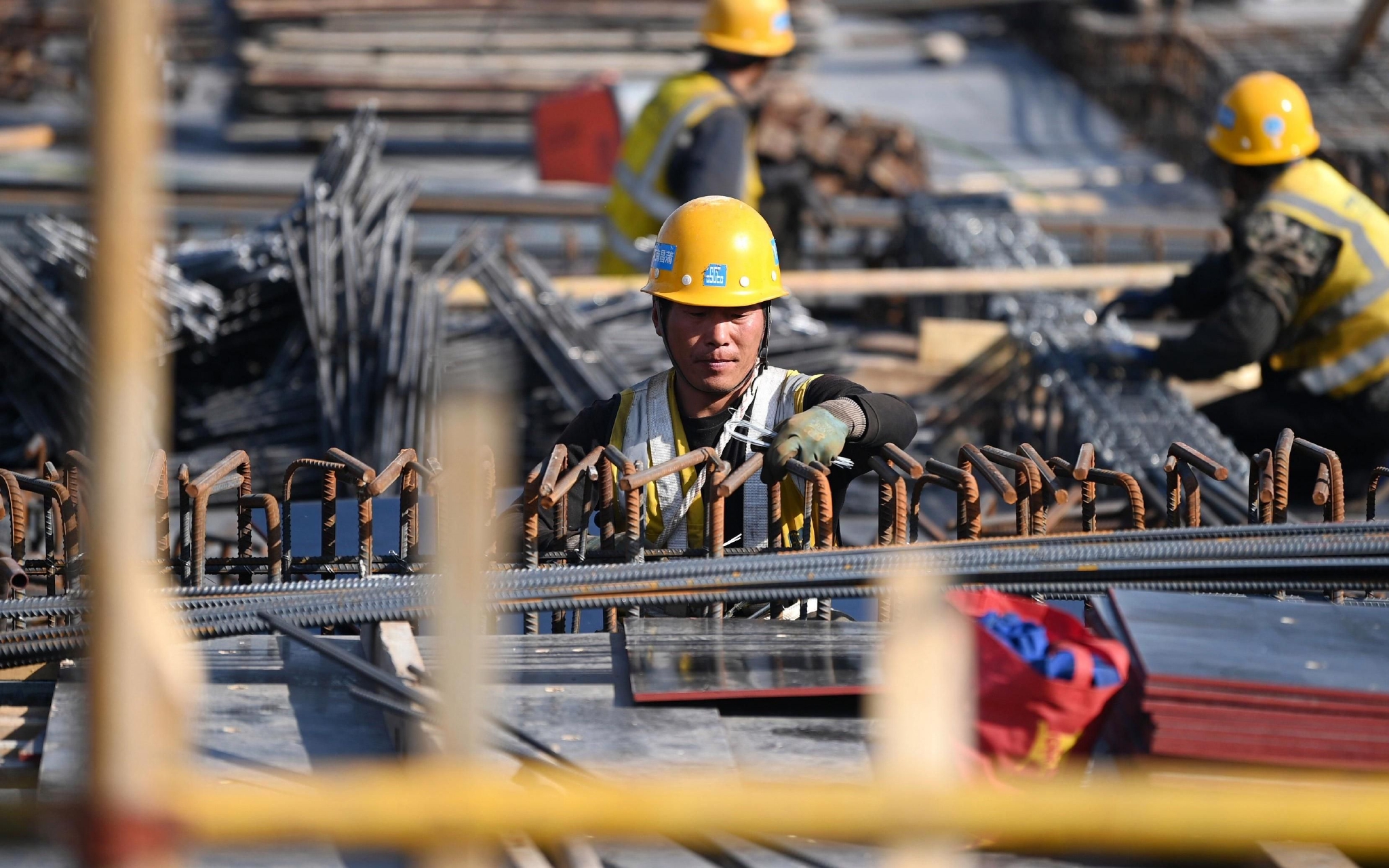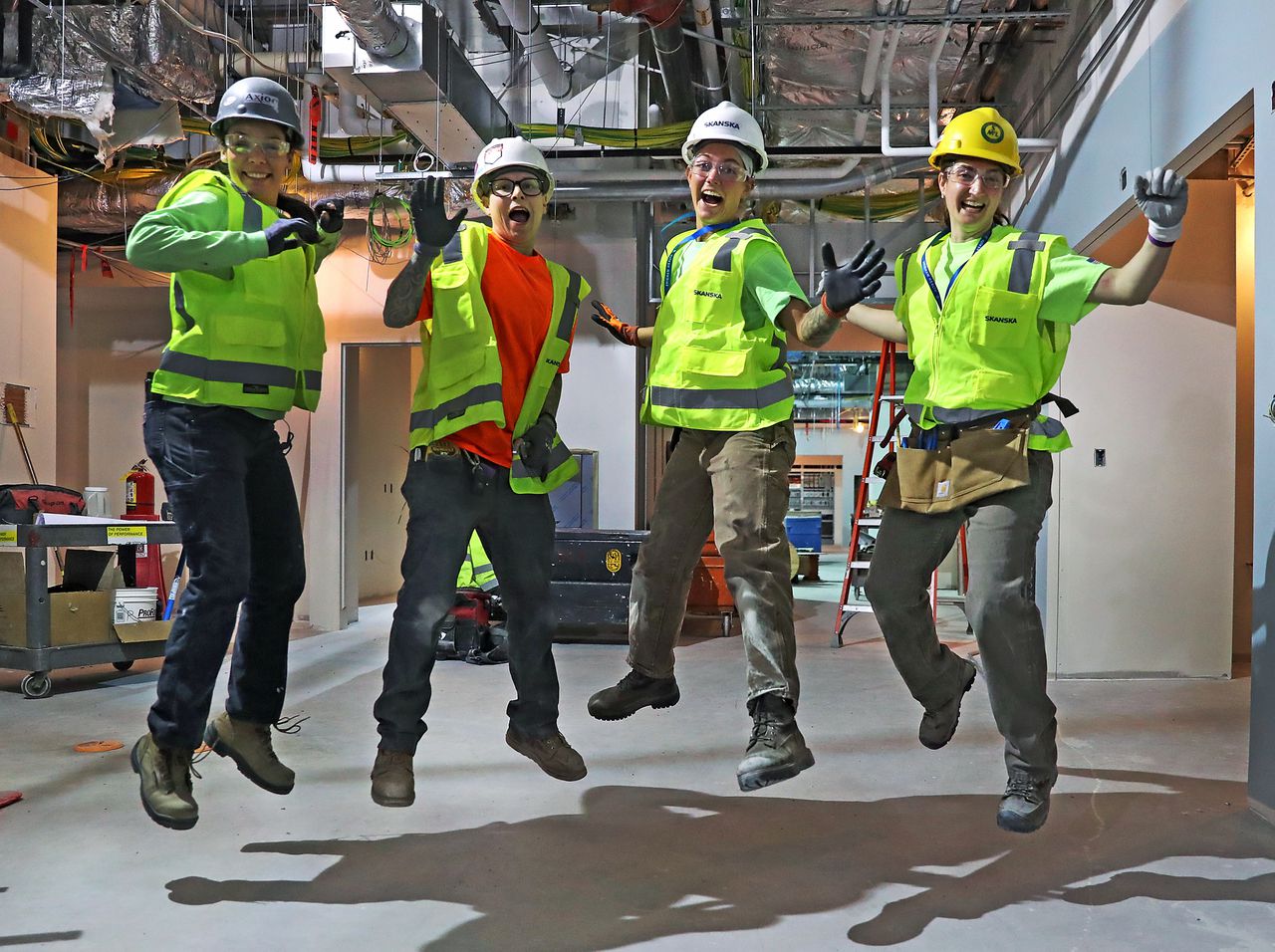
How to Solve Construction’s Employment Crisis
By Lewis Tyler
It’s well documented that a number of
workers are now ‘ageing out’, and are leaving a gap that, as of yet, remains to
be filled.
According
to the Bureau of Labor Statistics, 41% of the construction workforce in the US
is due to retire in the next ten years, with some studies placing that figure
much higher.
The
picture is similar elsewhere. The Royal Institute of Chartered Surveyors (RICS)
believe that over 200,000 workers will be needed in the UK in the coming years
due to an ageing workforce.
This
leaves a huge problem for construction, especially as infrastructure projects
continue to increase in large numbers, and companies struggle to fill positions
needed to complete projects on time.
With
that in mind, what can construction do to fill the employment gap, and what is
the industry doing to close the skills gap in the sector?

Construction’s employment crisis: key
statistics
As
the demand for projects is matched, and even exceeded by the demand for
workers, the short-term impact that shortages have on projects is increasing, according to the Associated General Contractors of America (AGC),
which says it is seeing more projects experience delays and higher costs
directly as a result of worker shortages.
Analysis
from AGC also found that there were 364,000 job openings in construction in
February 2022, with just 342,000 workers eventually hired.
Worker
shortages have also hit spending in construction, and overall confidence in the
sector, with many firms now concerned as to the impact it will have on
business.
Research
carried out by GlobalData found that concerns on labor shortages in
construction has increased by 28% when compared with 2021.
So,
how can the industry provide a resolution to worker shortages?
How to attract younger workers
A
key challenge the sector must overcome is to attract younger talent. As
experienced workers reach retirement age, there is often a lack of capable
replacements.
A 2020 report by the Chartered Institute
of Building explored the reasons why so many young workers were not interested
in a career in construction and found that, despite several campaigns to
improve its image, there is still a negative perception of working in the
industry.
For
some, highlighting the benefits of a career in construction can help. This is a
sentiment that William Chimely, senior director, North America and global
training and publications, Komatsu, agrees with.
Chimely
said: “You have to find a person before you can even think about training them.
“And
the sad fact is, our industry is not even on the radar screen for many young
workers. We’re battling to catch their attention, and we have positive things
we can point to.”
Chimely
also points out that firms must find new ways of reaching potential candidates
and broaden the way it searches for new recruits.

Women and construction
While
construction aims to attract a younger demographic of worker, the
representation of women is still relatively low.
However,
this is something that is improving over time. A study by the Bureau of Labor
Statistics found that 14% of the US construction workforce is represented by
women, the highest it has ever been.
For the UK, the number is lower,
according to Nicola Bird, founder and managing
director of AccXel, with just 11% of the industry made up of women.
Bird
founded AccXel to tackle the skills shortage and train civil engineers,
groundworkers and plant operators, but to also encourage more women to join the
industry.
Bird said, “Women are vastly
underrepresented in construction and currently make up just 11% of the whole
industry. This is yet another issue we want to work towards solving at AccXel.
“We
believe having women represent 15% of our apprentice mix is a strong statement
to the industry and we will continue to pioneer and provide equal opportunity
to young women across all sector roles.”
Fixing
construction’s skills crisis
The
AGC reported in April that employment in the US construction sector had seen
increases in nearly three-fifths of metro areas but were struggling to find
skilled workers to fill roles.
Roles
such as a machine operator or engineer both require extensive training, and
while some training is available, there are concerns that the availability of
training isn’t sufficient.
Some argue that the key to tackling the
skills shortage is education, whether that is through older workers or
educational institutions.
While
some believe that the older, experienced workers can pass on their knowledge to
new candidates, an influx of retirements has seen many seek other solutions.
In
fact, some firms have launched initiatives to tackle the skills shortage in
construction, such as the Pact for Skills in Construction initiative which has
been created by a consortium of European associations.
Elsewhere, apprenticeship programmes give
young workers the chance to hone their skills as operators through practical
training and simulators, such as the service provided by Canadian company CM
Labs Simulations.
The
company offers simulation programmes in off-highway-equipment, offshore
equipment, mobile robotics and defense.

Outlook
for construction employment
Moving
forward, there are some positives for the industry, as recently pointed
out by the AGC.
The Association revealed that construction
firms employed 20,000 employees in November 2022, resulting in a lower
unemployment rate in construction.
They
also said that pay increase in the sector is continuing at a fast pace,
something that could be essential to attract new workers to the industry.
This
will be vital in the coming years, as older workers reach retirement age and
the need to find younger workers to replace them increases.
 Home
Home
 Categories
Categories
 Discover
Discover
 My Machmall
My Machmall